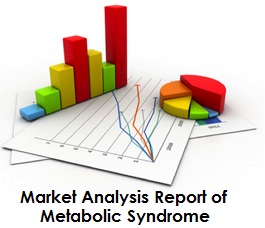Matej Stancik
Comenius University in Bratislava, Slovak Republic
Title: Vaspin – a novel predictor of coronary angiography result in SCAD (Stable Coronary Artery Disease) patients
Biography
Biography: Matej Stancik
Abstract
The roles of vaspin in the pathogenesis of stable coronary artery disease (SCAD) have been repeatedly addressed in clinical studies. In our study, data of 106 SCAD patients who received coronary angiography (CA) and 85 healthy controls were analysed. The patients were divided into subgroups according to their pre-test probability (PTP) and the result of CA. Fasting vaspin was compared between subgroups of SCAD patients and between target group and controls. The effect of age and smoking on the result of coronary angiography was compared to the effect of vaspin using the binomial regression. We did not find significant difference in vaspin level between target group and controls. Unless the PTP was taken into account, we didn´t find vaspin difference in the target group, when dividing patients on the basis of presence of significant coronary stenosis. In the subgroup of patients with PTP 15% - 65 %, those with stenoses had higher vaspin (0,579 ± 0,898 ng/ml) than patients without significant stenoses (0,379 ± 0,732 ng/ml) t = -2,595; p = 0,012; d = 0,658; 1-β = 0,850. Age, smoking and vaspin contributed to the prediction of coronary stenosis in binomial regression model in low PTP (OR: 1.1, 4.9, and 8.7 respectively). According to our results, vaspin can´t be used as an independent marker for the presence of SCAD. Vaspin measurement might be clinically useful in patients with PTP below 66 %. This study was supported by the SRDA grant APVV – 14 – 0153 and by the VEGA grant 1/0160/16.

